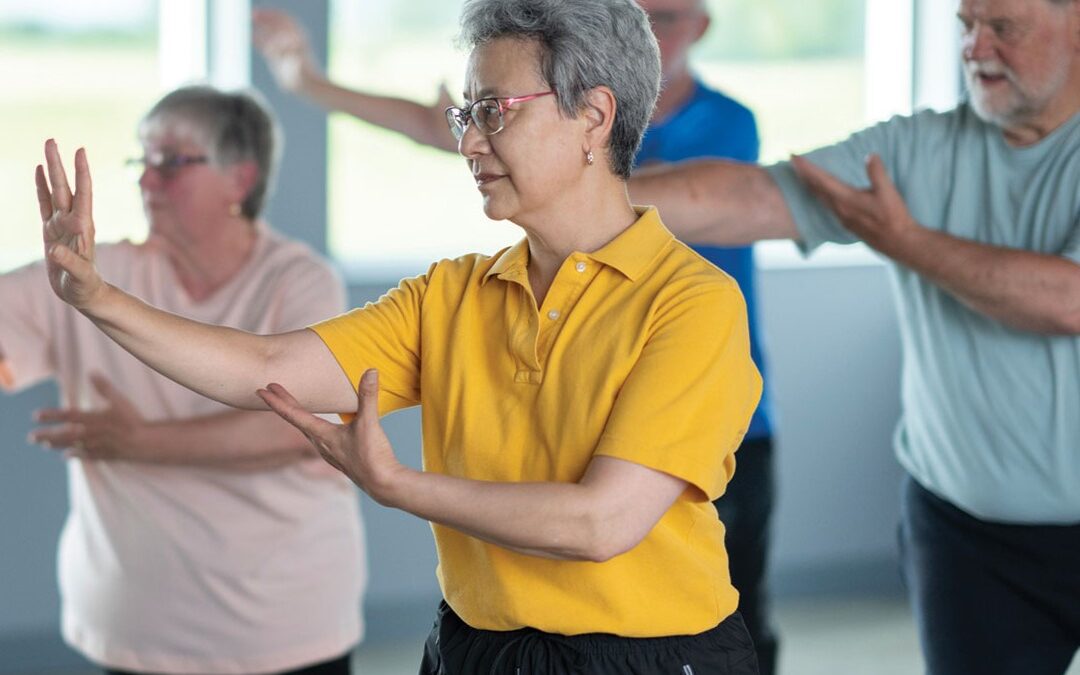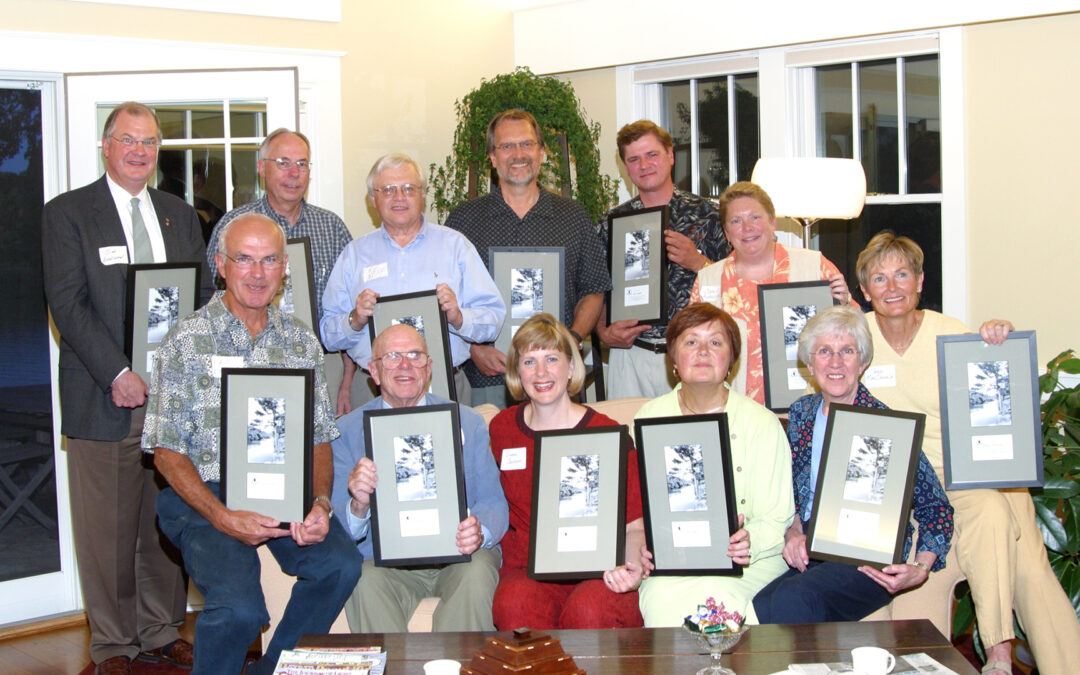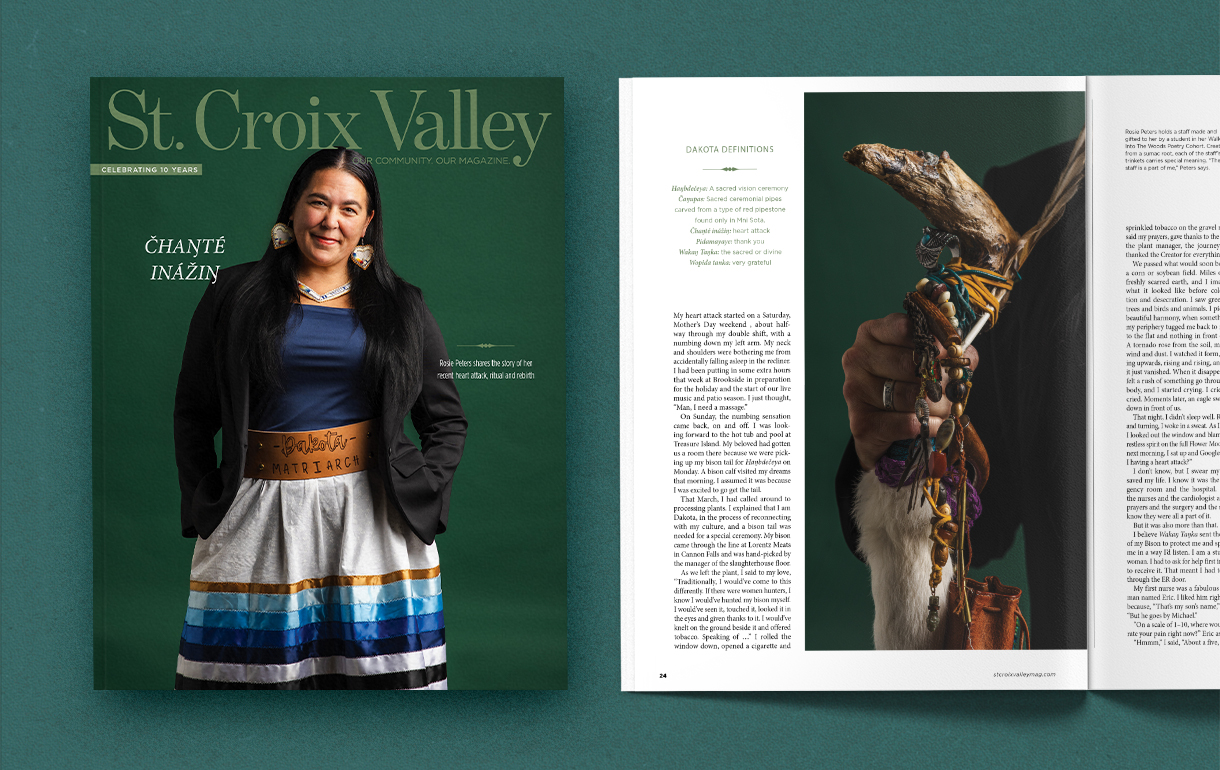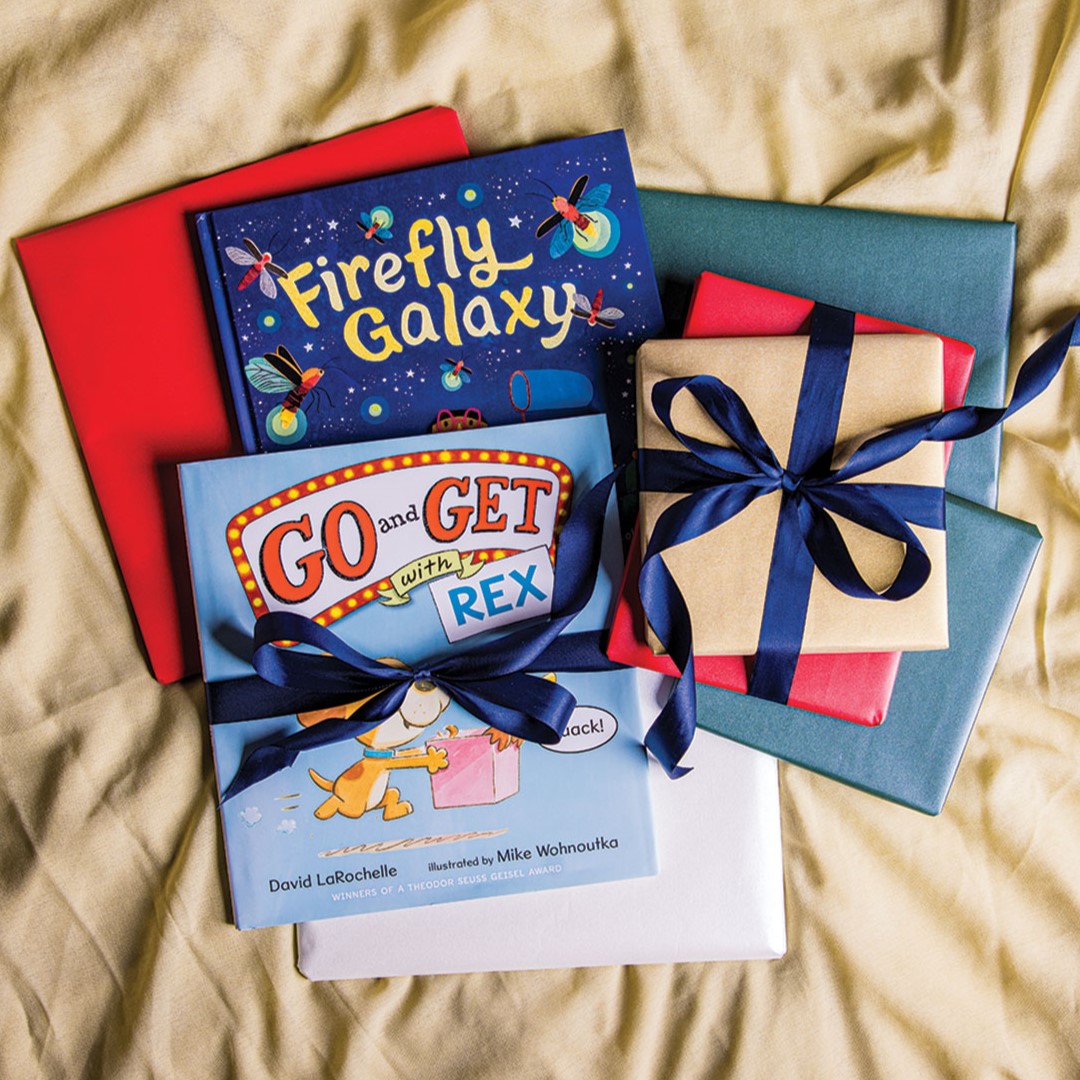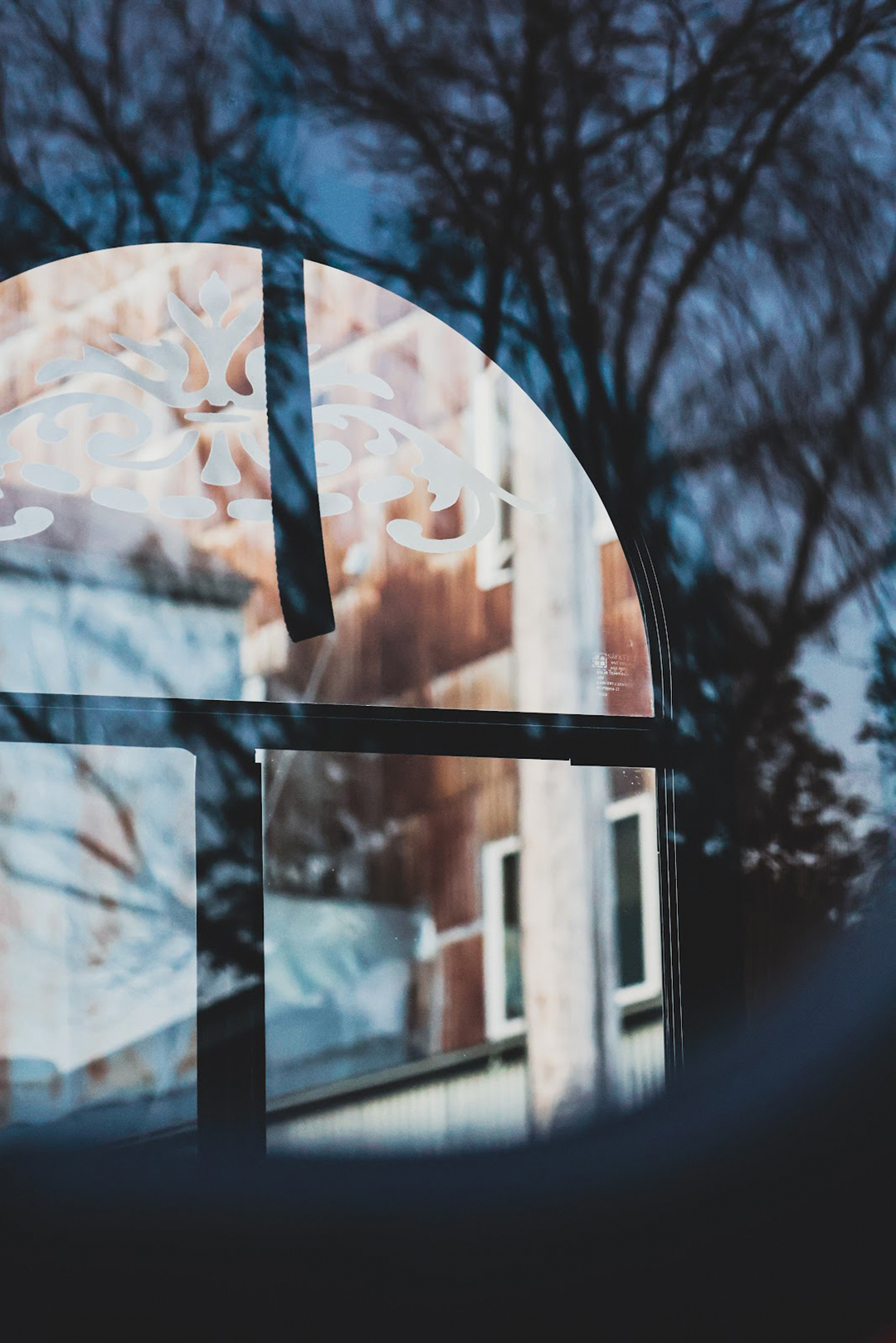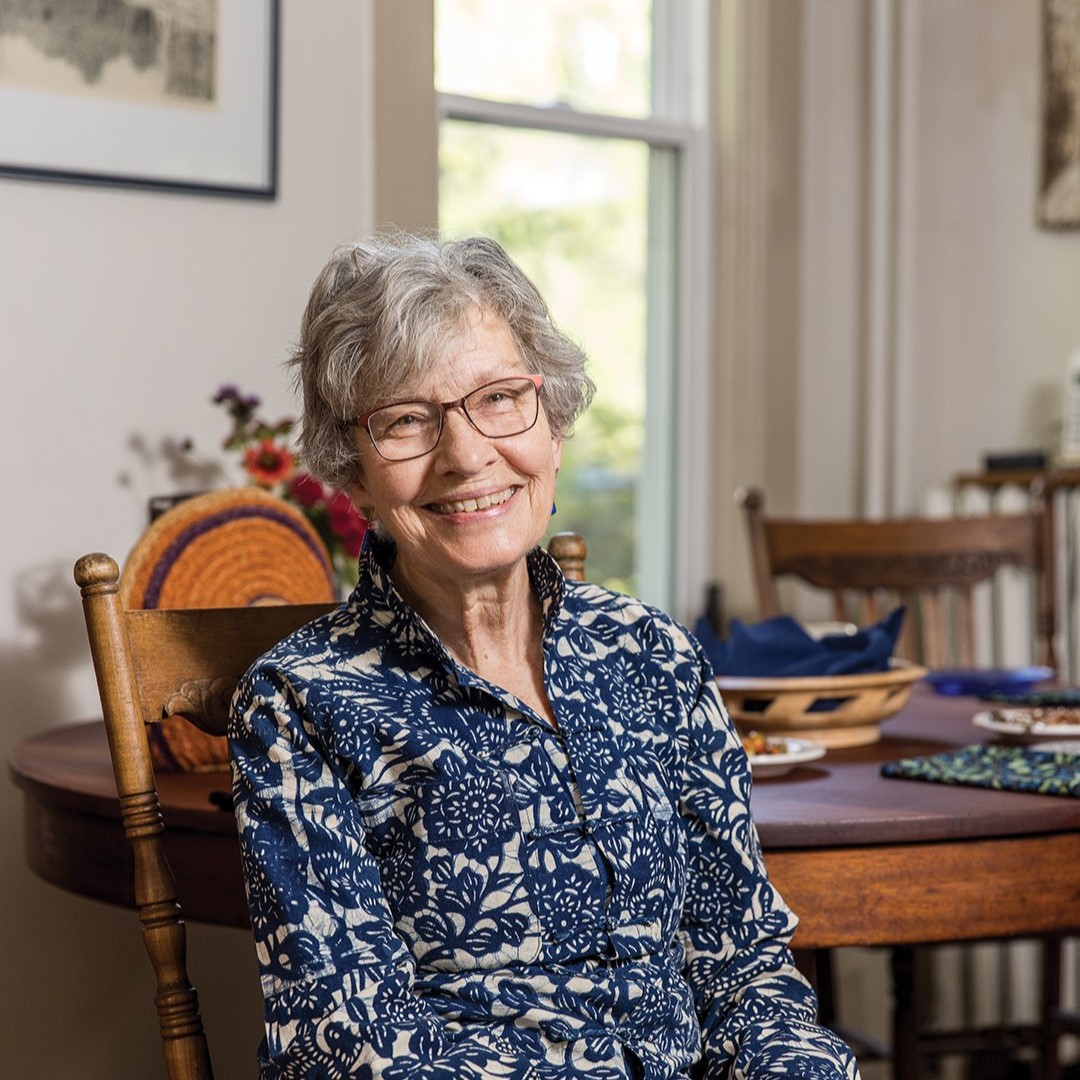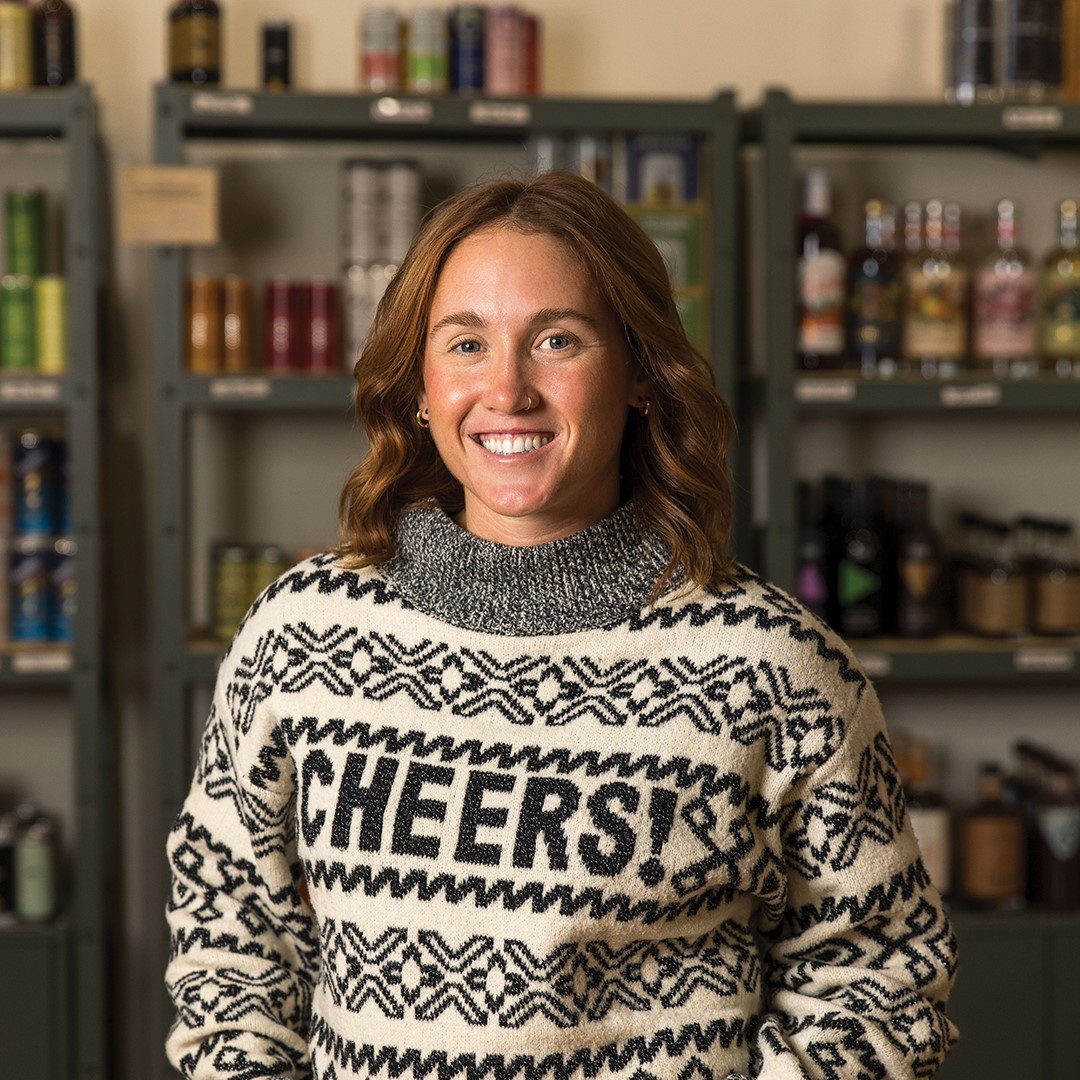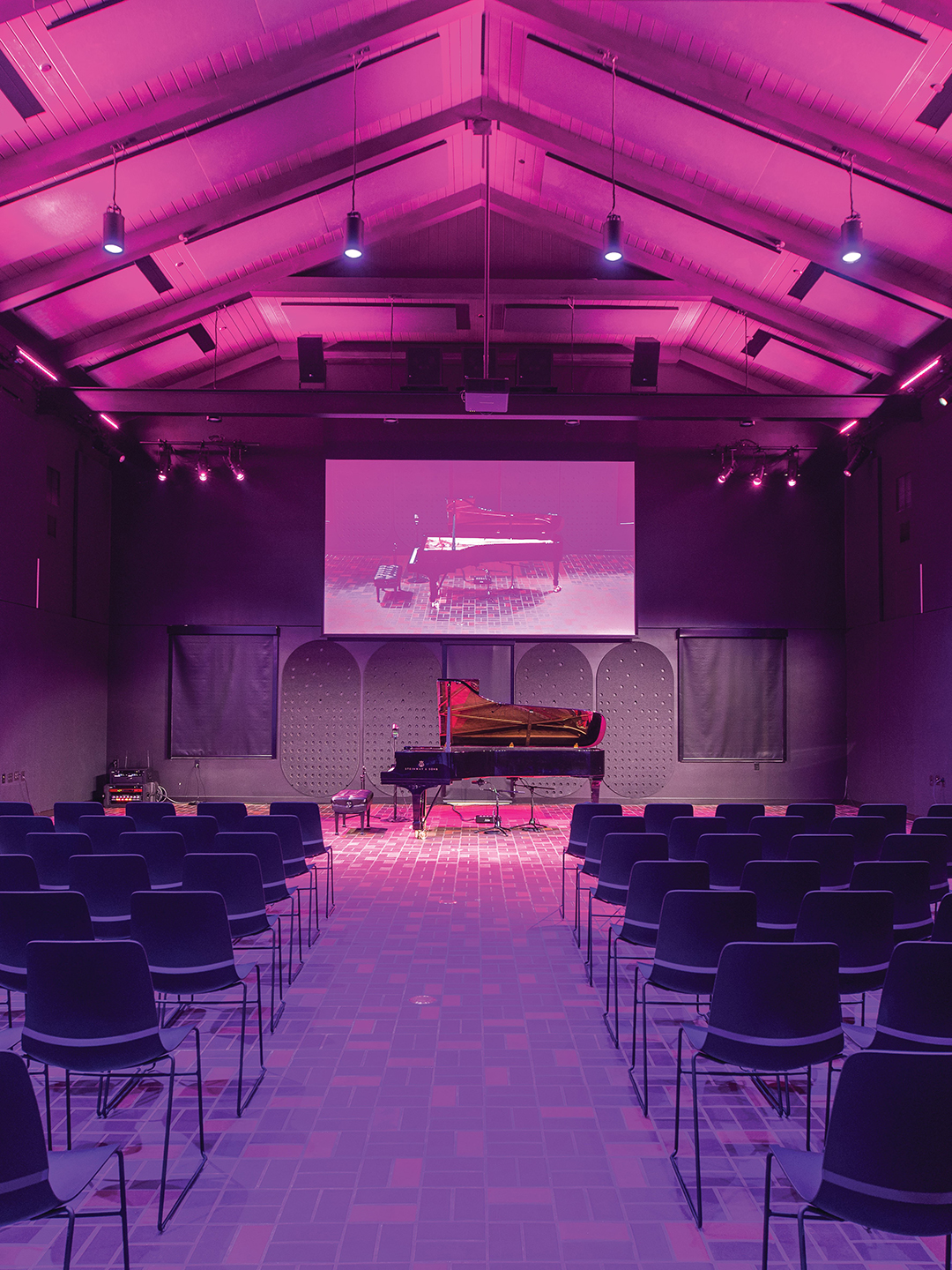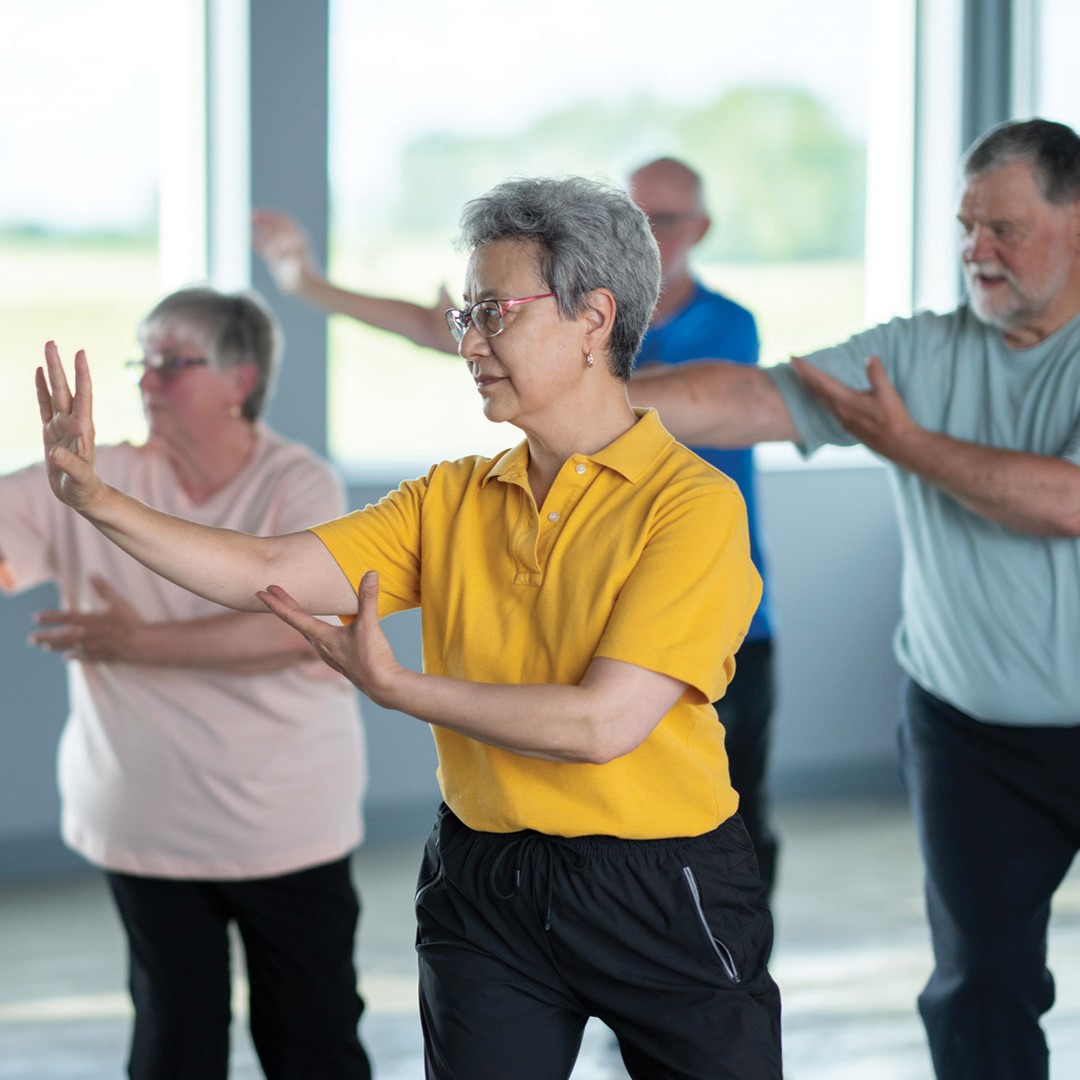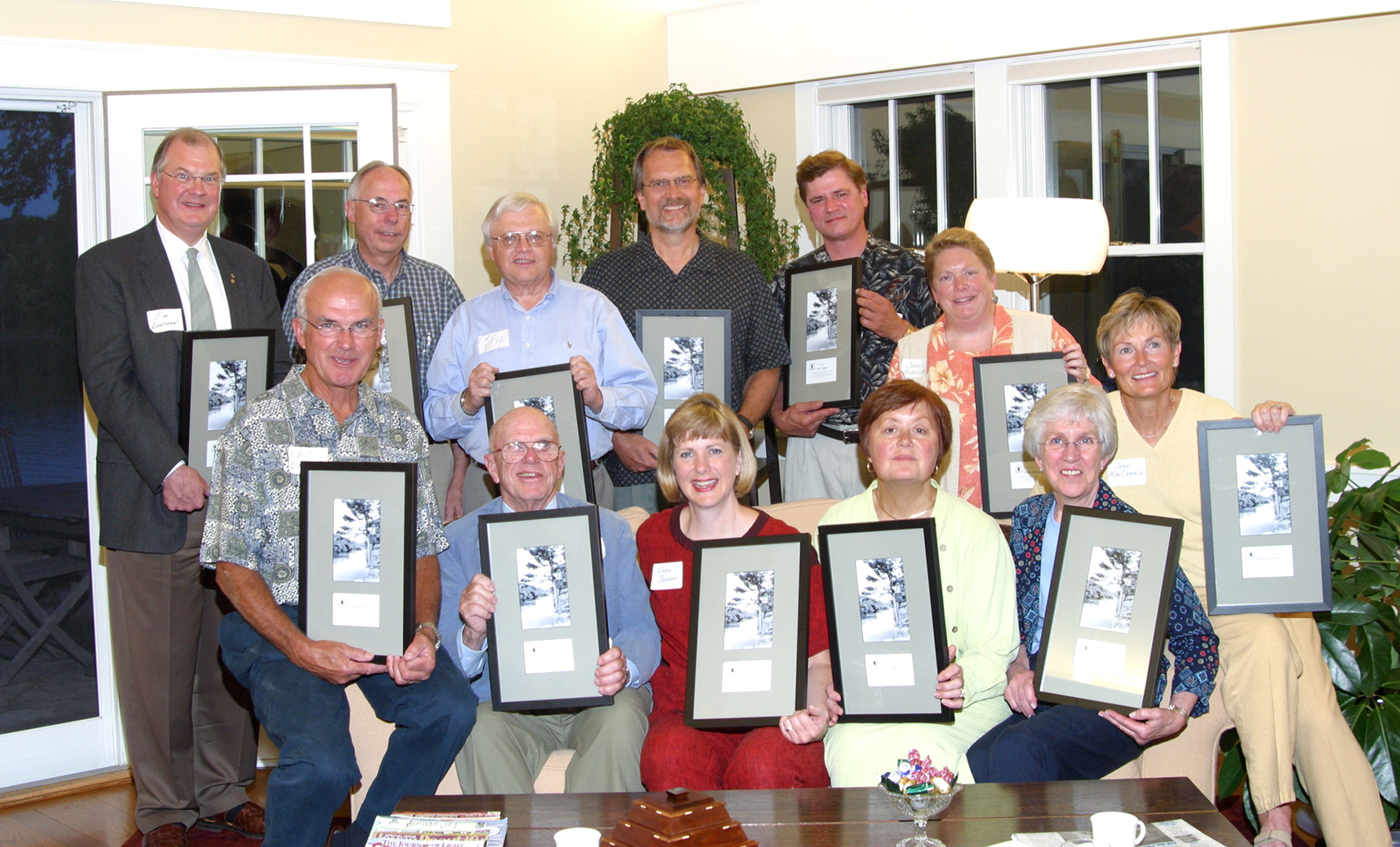
“Reclamation” by Melanie Van Houten
The Franconia Sculpture Park’s Community Learning Center expands the attraction’s capabilities and availability.
The road to Franconia in many ways is a primer for the sculpture park itself. Up the straight shot of Highway 8 is a veritable menagerie of fiberglass animals—from deer to bison to a 12-foot mouse—studding the lawns of residential homes and businesses alike. The journey will take visitors past gardens nestled in immobile wooden carts, through a town with a Swedish coffee pot for a water tower. Like most magical journeys, you’ll know you’ve reached your destination once you catch up to the 14-foot rabbit guarding the entrance to this wonderland. But unlike Alice’s rabbit, when a park is open 365 days a year from dawn until dusk, it’s very difficult to be late.
Franconia itself is no less fantastical. Visitors are greeted by the melting concrete slab of an Oldsmobile. A few feet away is a wall of stereos blotting out the sun. Further on the horizon you can see a creeping bioluminescent sapling; to the left there’s a chicken coop hanging suspended, halfway to Oz. “It’s kind of a magical place,” says communications and creative director Alyssa Auten. Even if visitors didn’t set out in search of the park, many are lured in by glimpses of a towering wooden circle or the retro hotel sign visible from the road. “You drive by and go ‘what is that place?’ We get a lot of people who just stop and didn’t know about it.” Auten, a native of Wyoming, Minn., is familiar with this kind of roadside curiosity. When she was young, Franconia was on the route to her parents’ cabin in Wisconsin, “We’ve driven past it since I was two.”

“Sapling” by Kay Dartt
The park has grown expansively since its humble beginnings as a small artist residency program at its former location on a five-acre plot down the street. In 2007, Franconia moved to its current home at the intersection of highways 8 and 95, and in 2015 they acquired another 20 acres, bringing the stats to 23 years of operating, 43 acres of park and 120 sculptures which rotate in and out every couple of years. “[The park is] internationally known, which is really impressive,” Auten notes, “We have over 150,000 people a year that come through the park. And I think we’re really proud of the fact that we are open 365 days a year, dawn to dusk, and it’s free.”
A day at the park sees couples with strollers dotting the gravel paths. There are people walking their dogs and kids clamoring on a Seussian jungle gym. Actually, there are kids and adults clamoring over everything, really; into a dog-shaped house, under a roof plopped directly onto the ground. “Most of [the sculptures] are meant to be interacted with or at least touched and moved around or through or with,” says Auten. “Part of our mission is to de-mystify the art making process. That’s why we invite the public to go speak to the artists who are on the work pad, talk to them, because an artist’s life is so intriguing to people who aren’t in that realm. It’s fun for people who have no idea what it’s like to be a working artist to talk to those people and see the work they make on-site.”

“Parade” by Mike Rathbun
This artists’ work pad is in the heart of the park. At a distance it gives off the impression of a serendipitous scrapyard, but up close a method to the madness becomes clear. Here, works-in-progress lay waiting in the grass. At any given moment there might be a choral of power tools or a contemplative silence. This is where interns, fellows and resident artists are hard at work, weather permitting—sometimes even when it’s not. The artist pad is also the laboratory for a host of classes Franconia offers to the public, from hot metal pours to youth sculpture workshops. Education is a core tenant of Franconia, one it supports through numerous programs including Observe & Interpret tours, Kids Make Sculpture and Art in Rural places.
“We’re really proud of our Art in Rural Places program,” Auten says. As a sculpture park, which is strongly identified with its own rural identity, Franconia has a vested interest in supporting members of the surrounding area as well. The park invites neighboring schools and other youth programs from communities of under 20,000 to participate in specially designed tours and workshops. This gives kids from these schools—many of which don’t receive arts funding—the opportunity to meet working artists and participate in hands-on activities. The classes themselves are free and, thanks to the many generous partners and donors of Franconia, the park offers bus reimbursement, jumping another huge hurdle for many of these schools.
But Franconia, as magical as it is, can’t change the weather, and a sudden storm or errant cold snap affects visitors and artists alike. This fact, among other considerations, has been responsible for a new structure that has recently appeared at the park: Franconia’s new Community Learning Center. The building itself, a modern take on a red and white barn, will expand Franconia’s programming capabilities to the same yearly availability of the park itself. It will also free up a lot of space in the large, white farm house to the far left of the park, which has long been its hub of operations. “The artists live there, our offices are in there, so that house is doing a lot, it has a lot of people coming in and out, it has a lot of activity,” Auten says. With the offices moving to the new building, Franconia can also expand its residency program as well.
“There’s a lot of opportunity to bring community members in,” Auten says. “The Community Learning Center is also going to be our visitor center, so when people pull into the parking lot, that will be their first stop.”
The team at Franconia is bubbling over with ideas, from the obviously excellent giftshop they could have to daydreams of cafés and snack bars. So, when can visitors expect the new center to open its doors? “We’re aiming for fall. We’re hoping that occupancy will be achieved in the fall so at least we can start scheduling programming and having people in there,” Auten says. All the details might not be finished come winter, but Auten says Franconia is hoping the center will be fully operational by spring.
With or without the center, the park is worth a visit this fall, whether it’s a pitstop en route to hiking at Taylors Falls, the climax of an afternoon spent exploring the galleries and antique shops of Lindstrom or a daytrip all on its own.


